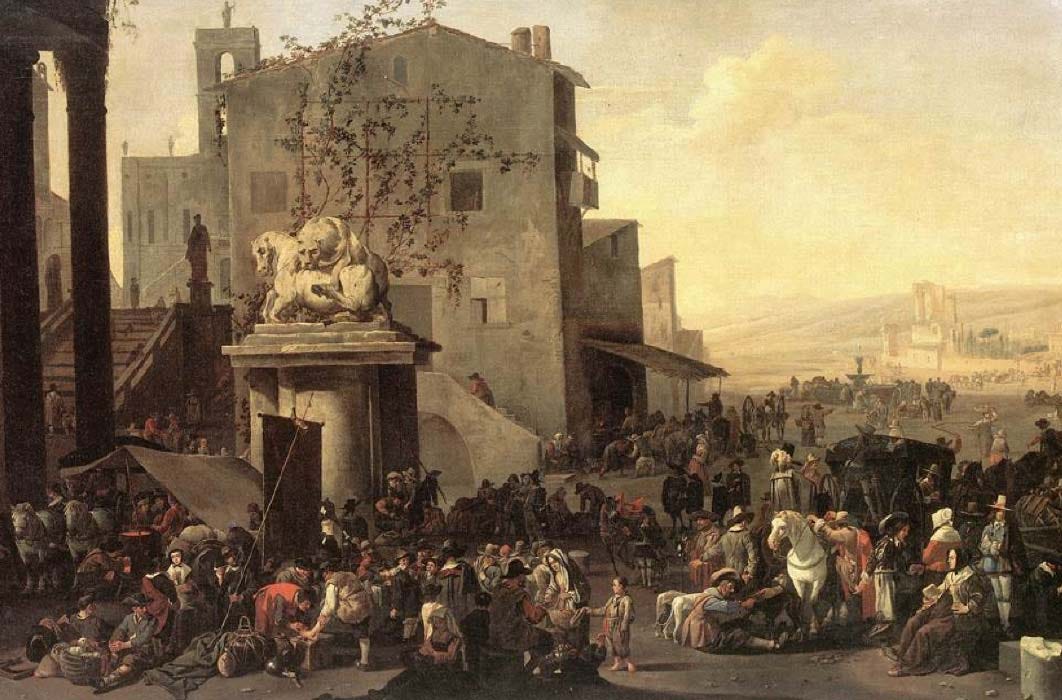Mussolini’s Quincussis: Was the Ancient Roman Coin a Fake?
Scientists are perplexed at the origins and provenance of two very ancient and unusual Roman coins that turned up like a bad penny in the 20th century. A Quincussis - the correct scientific name of this strange find – has thus far only been mentioned in texts dedicated to the coinage of ancient times and at most only a drawing was reported, but no one has ever seen one, until one was presented to Dr Roberto Volterri of the Rome University for analyses and then its twin surfaced.

The Mysterious Collector’s Coin
The coin belonged to a colleague of Dr Volterri, who inherited it from a relative who used it as a paperweight, since the coin was weighing in at five pounds. Made of bronze, with a diameter of more than 10 centimeters (3.93 inches) and a thickness of about three centimeters (1.18 inches), the coin has a ‘two-faced Janus' on the front and a 'ship's bow' on the reverse. The colleague mentioned that it originated from the Vesuvian area. Dr Volterri, who specializes in archaeometallurgy at the University of Rome, states that metals cannot be dated instrumentally, compared to organic finds (using the method of Carbon 14) or ceramic finds (using the technique of Thermoluminescence). Consequently, the task of dating the coin seemed extremely difficult, since the date would be based essentially on stylistic details, which could perhaps be supported by analyses of the composition of the alloy and the greenish patina that covered it. Dr Volterri showed the coin to a colleague of the university, who teaches ancient numismatics (the study and collection of currency), who estimated the coin could be worth an estimated one billion liras upwards.
Keep reading with a 7-day free trial
Subscribe to Ancient Origins UNLEASHED to keep reading this post and get 7 days of free access to the full post archives.

